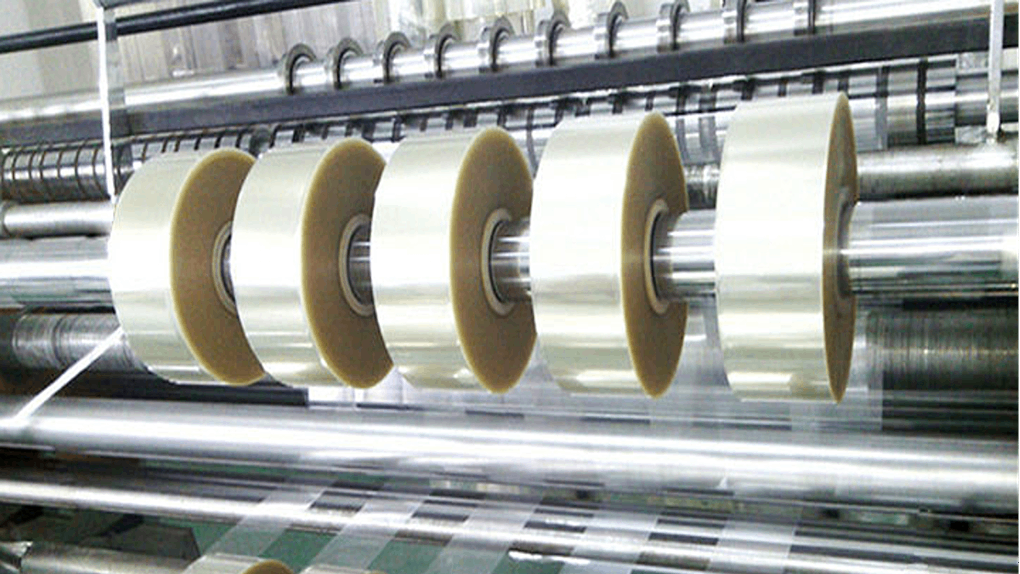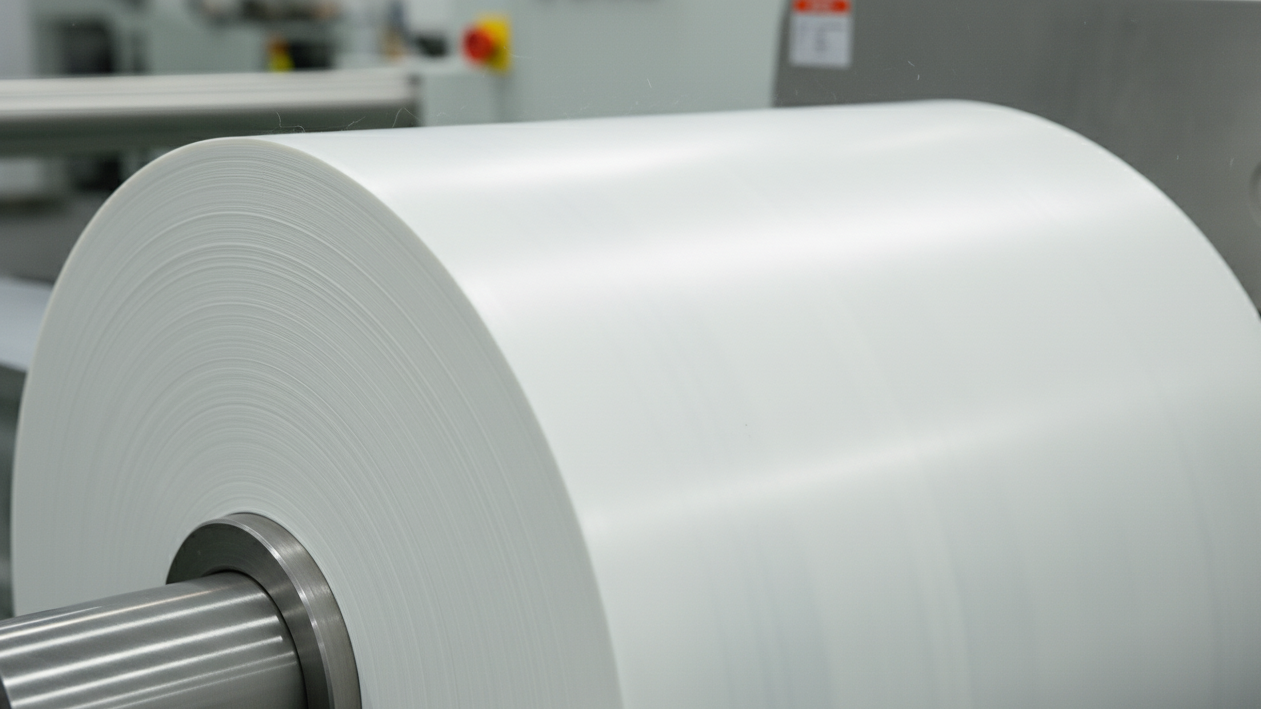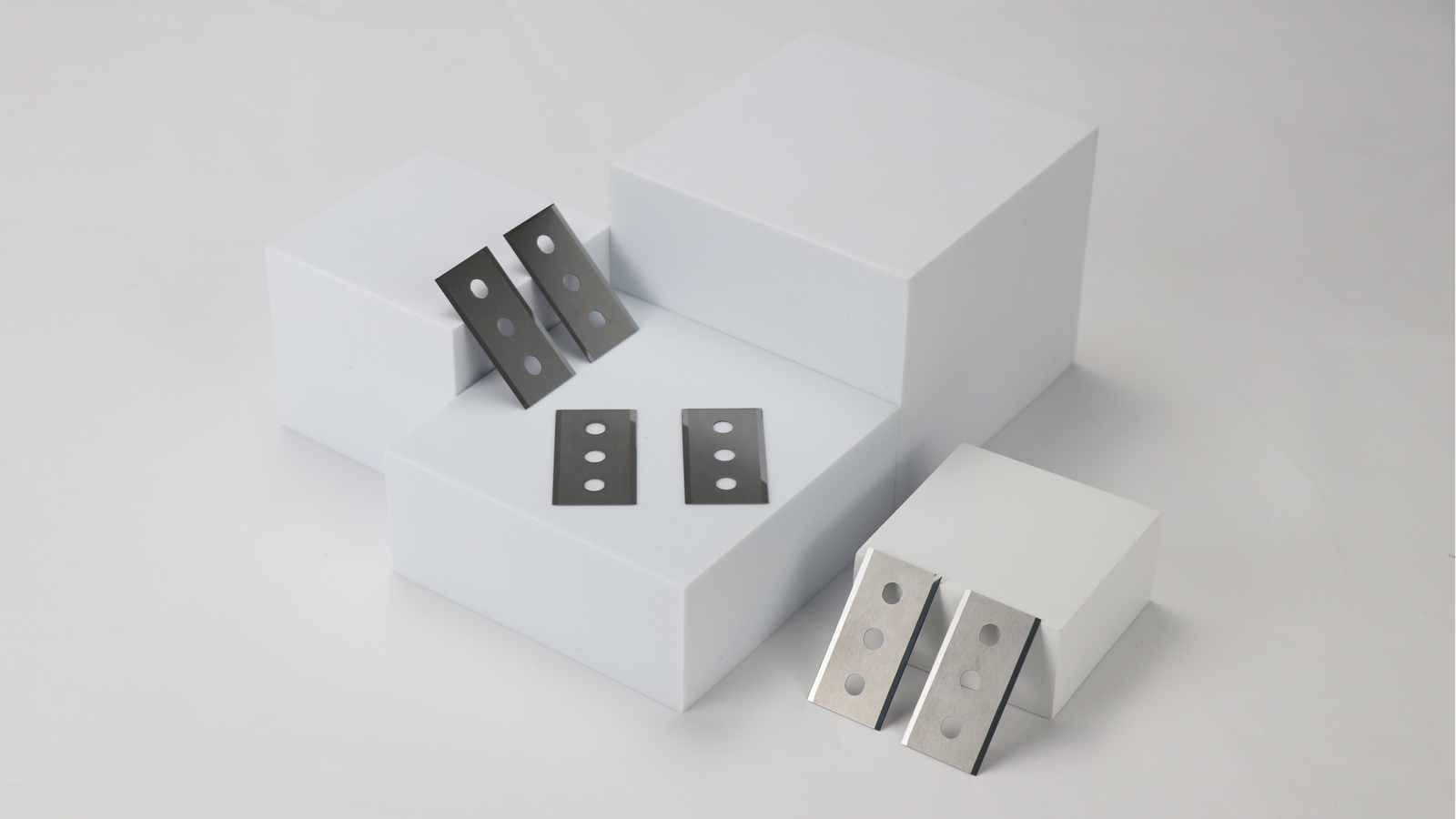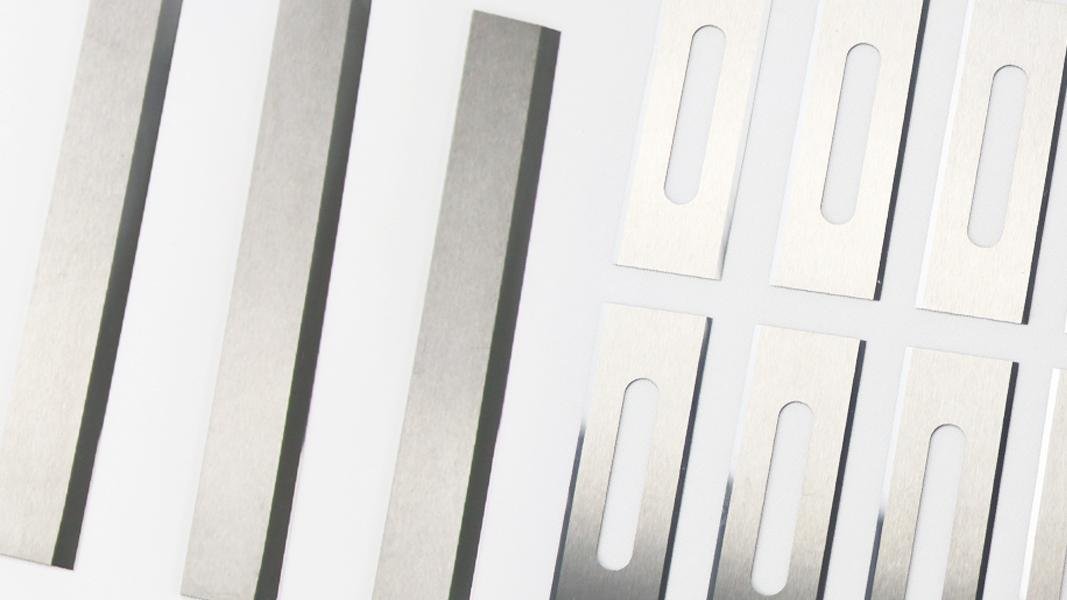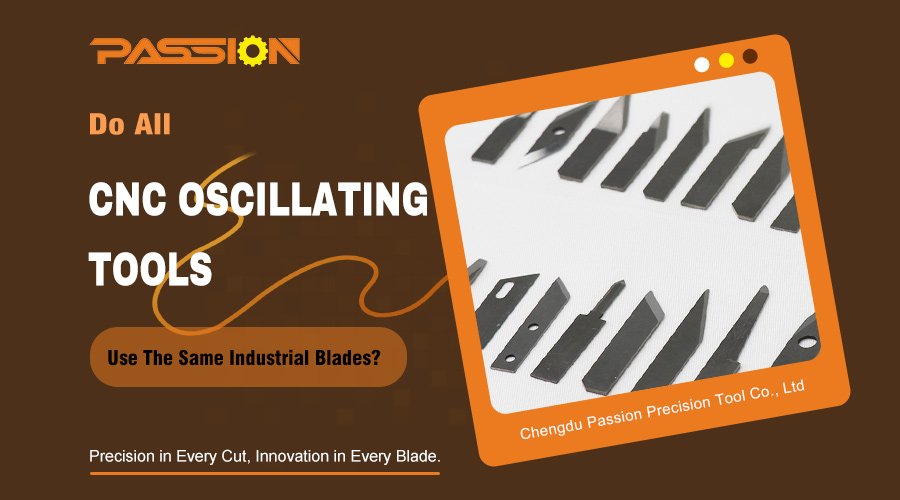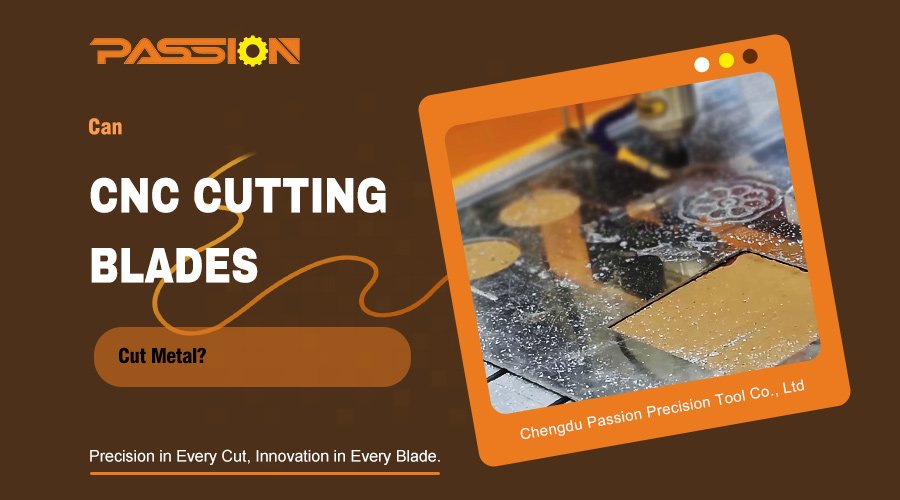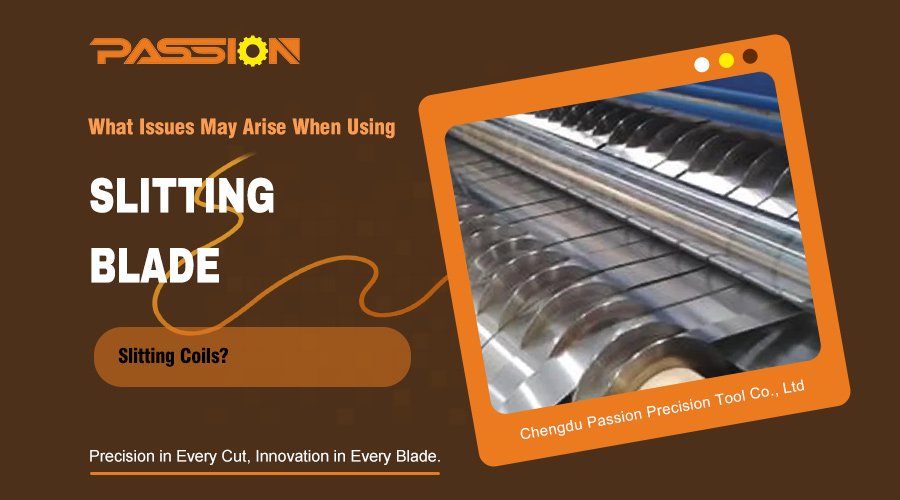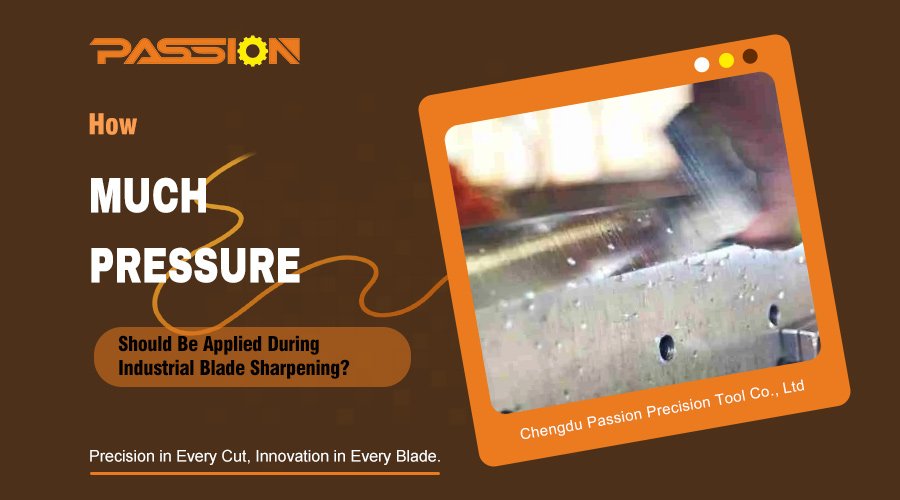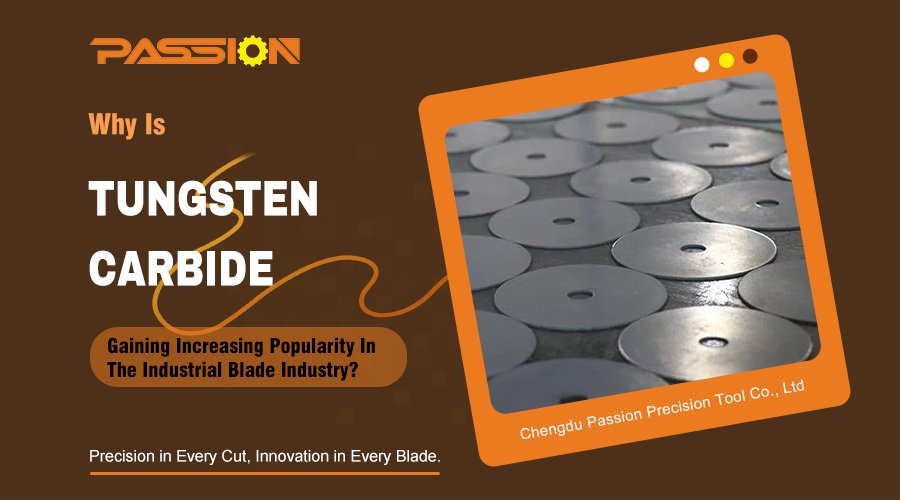Struggling with fuzzy edges on your PP/PE film? Wasted material and production delays can be frustrating. The right blade material is the key to a perfect, clean cut.
The best slitting blade material depends on your film's formula. For films with abrasive fillers1, use Tungsten Carbide or coated HSS. For standard PP/PE film, cost-effective High-Speed Steel is often the most suitable choice, balancing performance and budget perfectly.
Choosing the right blade isn't just about the material itself; it's about understanding the entire cutting process. The specific characteristics of your PP/PE film play the most important role in this decision. I've seen many clients improve their operations dramatically just by matching the blade to their material.
I remember a client, Antoni, a production manager at a plastics factory in the USA. He reached out to us because he was having a terrible time with stringing and material sticking to his blades when cutting a PP film with a high calcium carbonate content. His downtime was hurting production.
After discussing his equipment and material, we recommended a micro-grain tungsten carbide blade with a DLC (Diamond-Like Carbon) coating. The results were immediate. Antoni reported that the cuts were perfectly clean with no melted edges. Best of all, the blade life increased by three times. He was so happy that he made our blades a standard for his facility.
High-Performance Material Options
Antoni's story shows the power of choosing the right material for a tough job. Here are the top contenders for abrasive films:
- Tungsten Carbide: Materials like YG10X or YG12X are extremely hard and wear-resistant. They hold a sharp edge for a very long time in high-wear situations. They can be more brittle, so handling and setup are important.
- High-Speed Steel (M2) with Coating: M2 is a tough, reliable steel. When you add a low-friction coating like DLC or TiN, its performance skyrockets. The coating protects the edge and prevents sticky material buildup.
- Ceramic: Ceramic blades offer the highest level of wear resistance and can operate at very high speeds without generating much heat. However, they are the most brittle option and can chip if not handled carefully.
Using mirror polishing2 on our blades. This creates an incredibly smooth surface, which reduces friction and helps achieve a "zero-friction" effect, preventing film from melting or sticking.
Why Does Your PP/PE Film's Formula Matter For Slitter Blade Choice?
Using the same blade for all your films? This can lead to unexpected wear, poor cuts, and frequent downtime. Understanding your film's recipe is the first step to solving this.
A film's formula, especially the presence of additives like calcium carbonate3, dramatically increases abrasiveness. This means you need a much harder, more wear-resistant blade material to achieve clean cuts and long tool life. Ignoring this leads to rapid blade dulling.
PP (polypropylene) and PE (polyethylene) films are not all the same. A standard, pure film is relatively soft and easy to cut. However, many manufacturers add fillers to change the film's properties, like making it stiffer, opaque, or cheaper to produce.
Common Additives And Their Impact
The most common filler is calcium carbonate (CaCO3). It’s essentially a fine mineral powder mixed into the plastic. While it’s great for the film's properties, it acts like sandpaper on a cutting blade. Other additives can also increase wear. This is why a blade that works perfectly on a standard film might fail in hours when cutting a filled film.
Here’s a simple breakdown:
| Film Type | Common Additives | Cutting Challenge | Recommended Approach |
|---|---|---|---|
| Standard PP/PE | None | Low friction, low wear | Focus on blade sharpness and cost-effectiveness. |
| Filled PP/PE | Calcium Carbonate, Talc | High abrasion, heat generation | Focus on wear resistance and low-friction coatings. |
| Functional PP/PE | Flame retardants, UV stabilizers | Can be abrasive or gummy | Test specific materials; coatings are often needed. |
Understanding your material is the foundation of an efficient cutting process.
What Cutting Methods Are Suitable For Cutting PP/PE Films?
Are you using the right cutting methods? Choosing the wrong cutting method can cause film stretching or tearing, even if the blade material is perfect for the job.
For thin PP/PE films, razor slitting is a fast option. However, for the highest quality cuts on most films, shear slitting with a top and bottom knife is the industry standard. It provides a clean, scissor-like cut without deforming the material.
Your slitting machine uses a specific cutting method, and this determines the type of blade you need. I always ask my clients about their setup first, because the blade must fit the machine and the method. The three main methods are razor, shear, and score cutting. For PP/PE films, you will likely use one of the first two.
Razor Slitting
This method is very simple. A sharp, thin blade, like a razor blade, is held in a fixed position, and the film passes over it. It is best for very thin films. It's a low-cost method but isn't ideal for thicker films or films with additives, as the blades can wear quickly and may cause stretching.
Shear Slitting
This method uses two circular blades, a top dish blade and a bottom flat blade, that work together like a pair of scissors. This scissor action provides a clean, precise cut without generating much heat or stressing the film. It's the most versatile and high-quality method for almost all types of PP/PE film.
| Cutting Method | Best Use Case | Pros | Cons |
|---|---|---|---|
| Razor Slitting | Very thin, non-abrasive films | Low cost, simple setup | Blade wears quickly, can stretch film |
| Shear Slitting | All types of PP/PE film | High-quality cut, long blade life | More complex setup |
| Score Cutting | Rigid materials (not film) | Simple setup | Creates dust, poor edge quality on film |
Conclusion
Choosing the right blade material comes down to your film's formula. Match the blade to the job to ensure clean cuts, long life, and great value for your operation.


